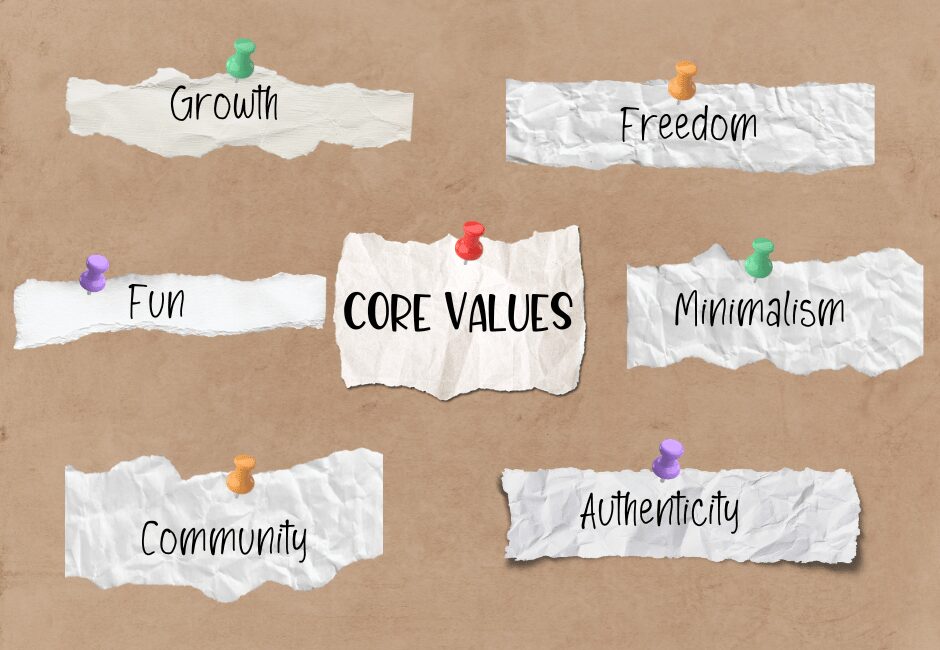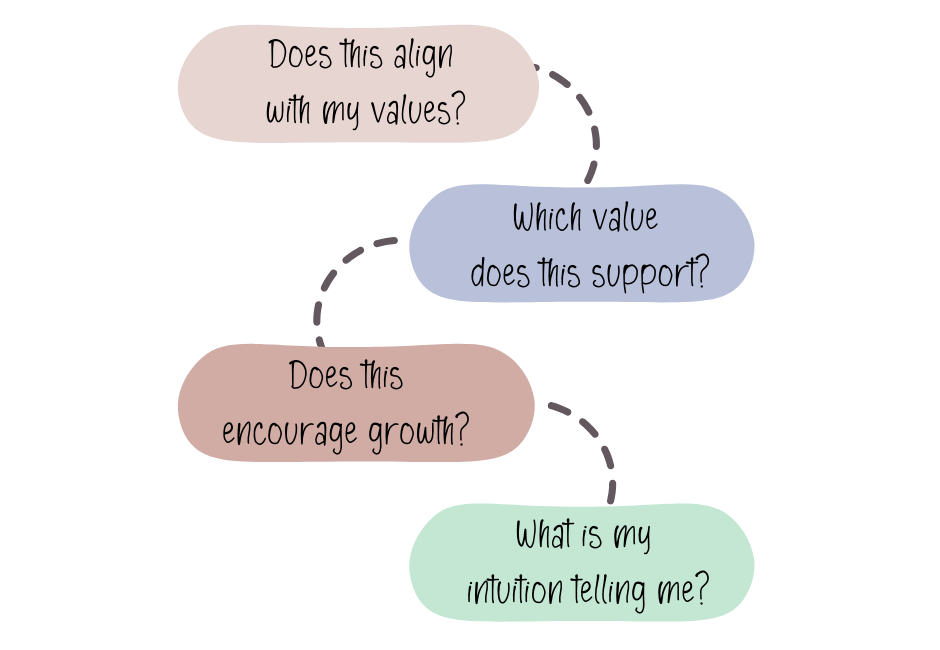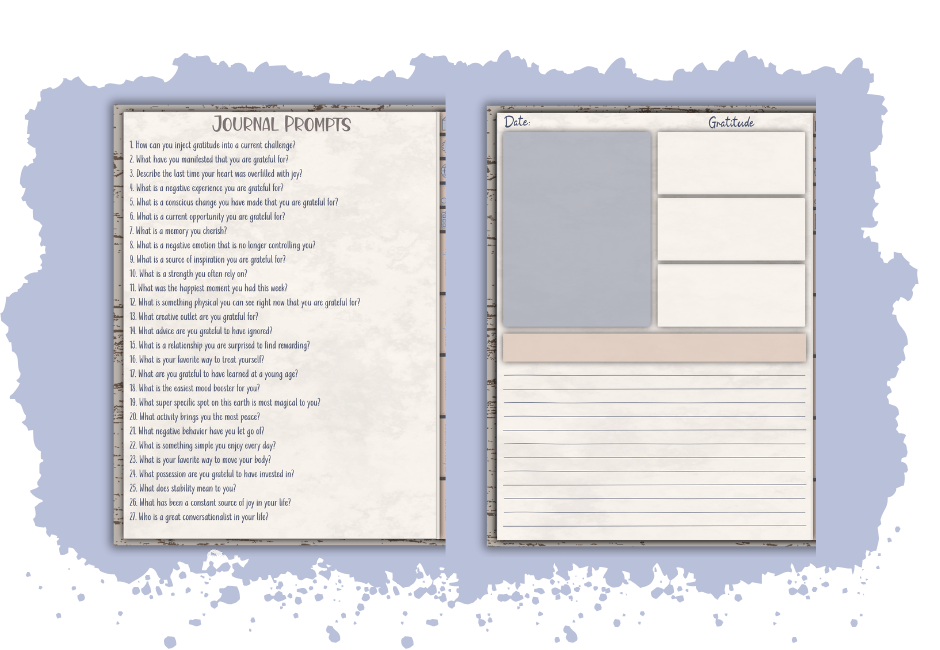Overcoming Negative Thought Patterns: How to Reprogram Your Brain for Success
Negative thought patterns can sabotage your progress, confidence, and happiness. If you’re constantly battling self-doubt, fear, or a negative inner dialogue, it’s time to take control and reprogram your brain for success. The good news? It’s completely possible with the right mindset shifts, tools, and daily habits.
In this article, we’ll explore how to break free from these limiting thought patterns and replace them with empowering, success-oriented beliefs. We’ll walk through practical strategies to help you rewire your brain, build resilience, and foster a positive outlook that paves the way for success in every area of your life.
The Power of Your Mind: Why Negative Thoughts Hold You Back
Your brain is wired to protect you from danger, which means it’s always on the lookout for threats. Unfortunately, this protective mechanism often translates into a focus on the negative. Left unchecked, these negative thought patterns can hold you back from reaching your full potential. They affect your decisions, your self-esteem, and your overall emotional well-being.
But the good news is that your brain is capable of change. It’s called neuroplasticity, the brain’s ability to reorganize itself by forming new neural connections. Essentially, you can teach your brain new ways of thinking, which will create new habits and behaviors.
Breaking free from negative thought patterns is the first step in this transformation. Whether you struggle with constant self-criticism, fear of failure, or pessimism, you can train your brain to adopt a mindset of success.

Recognizing Negative Thought Patterns
Before you can reprogram your brain, you need to become aware of the negative thought patterns that are running your life. Here are a few common types:
- Catastrophizing: Always expecting the worst-case scenario.
- Black-and-white thinking: Seeing everything as either good or bad with no middle ground.
- Overgeneralization: Drawing broad conclusions from a single event (e.g., “I failed once, so I’ll always fail”).
- Personalization: Blaming yourself for events outside of your control.
- Mind reading: Assuming you know what others are thinking, especially when you believe they’re judging you negatively.
Take a moment to reflect on which of these patterns you recognize in yourself. Awareness is the first step toward change.
How to Reprogram Your Brain for Success
Now that you’ve identified your negative thought patterns, it’s time to reprogram your brain for success. Here are proven techniques you can incorporate into your daily routine:
1. Challenge Your Negative Thoughts
Whenever a negative thought pops into your mind, ask yourself:
- Is this thought really true?
- What evidence do I have to support this belief?
- Am I assuming the worst-case scenario?
By challenging the validity of your negative thoughts, you can weaken their grip on your mind.
Example: Let’s say you’re about to give a presentation and think, “I’m going to fail, and everyone will think I’m incompetent.” Challenge that thought: Is there any real evidence that you’ll fail? Have you prepared for the presentation? What’s the worst that could happen? Often, our fears are exaggerated and unfounded.
2. Replace Negative Thoughts with Positive Affirmations
Once you’ve challenged the negative thought, replace it with a positive, empowering affirmation. Affirmations are statements that reflect the mindset you want to adopt.
Example: If your negative thought is “I’m not good enough,” replace it with, “I am capable, and I’m constantly improving.” This reprograms your brain to focus on positive, supportive beliefs.
Pro Tip: Write your affirmations in a journal, or post them around your home where you can see them daily. For an added boost, consider using our Gratitude Growth Journal to write down three affirmations every day.

3. Practice Gratitude
Gratitude is one of the most effective tools for shifting your focus away from negativity. When you actively practice gratitude, you train your brain to notice the good in your life, rather than dwelling on what’s missing.
Start your day by writing down three things you’re grateful for. It can be anything from the roof over your head to a kind word someone said to you. The more specific you are, the more impactful the practice will be.
Looking for a guided way to develop this habit? Check out our Gratitude Growth Journal, designed to help you consistently practice gratitude and shift your perspective.

4. Visualization Techniques
Visualization is a powerful way to train your brain for success. By vividly imagining a positive outcome, you activate the same neural pathways in your brain that would be used if the event were actually happening.
Take 5-10 minutes each day to visualize yourself succeeding in your goals. Close your eyes, breathe deeply, and picture yourself achieving your dreams—whether it’s acing a big presentation, launching your business, or building strong relationships.
The more detailed your visualization, the more effective it will be in helping you overcome negative thoughts and embrace a success-oriented mindset.
5. Mindfulness and Meditation
Mindfulness and meditation teach you to stay present and aware of your thoughts without judgment. These practices help you observe negative thoughts as they arise, without letting them spiral out of control.
Daily meditation, even for just 5 minutes, can create significant mental clarity and resilience. As you become more mindful, you’ll notice your negative thought patterns and be able to stop them before they gain momentum.
Pro Tip: Start with simple breathing exercises or a guided meditation app. Over time, you’ll develop the ability to center yourself quickly, even in stressful situations.
6. Surround Yourself with Positivity
The people you spend time with have a profound impact on your mindset. Surround yourself with supportive, positive people who encourage your growth and challenge your negative thinking.
It’s also important to fill your environment with positivity. This might mean reading personal development books, listening to motivational podcasts, or following social media accounts that inspire you.
Take stock of your environment and relationships—are they helping you break free from negative thought patterns? If not, it may be time to make changes.
For a deeper dive into creating positive change in your life, consider our 30-Day Mindset Journey. This course is packed with tools and strategies to help you develop a success mindset.
The Science of Reprogramming Your Brain
Now that we’ve covered practical strategies for overcoming negative thought patterns, let’s explore the science behind how this works.
The brain has the ability to rewire itself through a process called neuroplasticity. When you practice positive thinking, gratitude, or mindfulness, you create new neural pathways that support these behaviors. Over time, these new pathways become stronger, while the negative pathways weaken.
This isn’t just “positive thinking”—it’s a scientific process of rewiring your brain. Every time you challenge a negative thought, replace it with an affirmation, or practice gratitude, you’re strengthening the neural circuits that lead to success.

Overcoming Setbacks: The Journey to a Success-Oriented Mindset
No journey to reprogramming your brain is without setbacks. It’s important to recognize that negative thoughts will still surface from time to time, but the goal is to reduce their frequency and impact.
Whenever you feel yourself slipping back into old patterns, remind yourself of the tools you have:
- Challenge negative thoughts instead of accepting them as truth.
- Replace limiting beliefs with positive affirmations.
- Practice gratitude to shift your focus to what’s going right.
- Visualize success to activate empowering neural pathways.
- Stay mindful of your thoughts, and don’t let them control you.
With consistency and dedication, you’ll start to notice a shift in your mindset. And once you’ve reprogrammed your brain for success, the possibilities are limitless.
Conclusion: Start Reprogramming Your Brain Today
Overcoming negative thought patterns is an essential step on the path to success. By following the strategies outlined in this article, you can rewire your brain to support a positive, empowering mindset.
Ready to take your mindset journey to the next level? Explore our 30-Day Mindset Journey course, packed with tools and exercises designed to help you break free from limiting beliefs and achieve your goals.

Overcoming Negative Thought Patterns: How to Reprogram Your Brain for Success Read More »




























